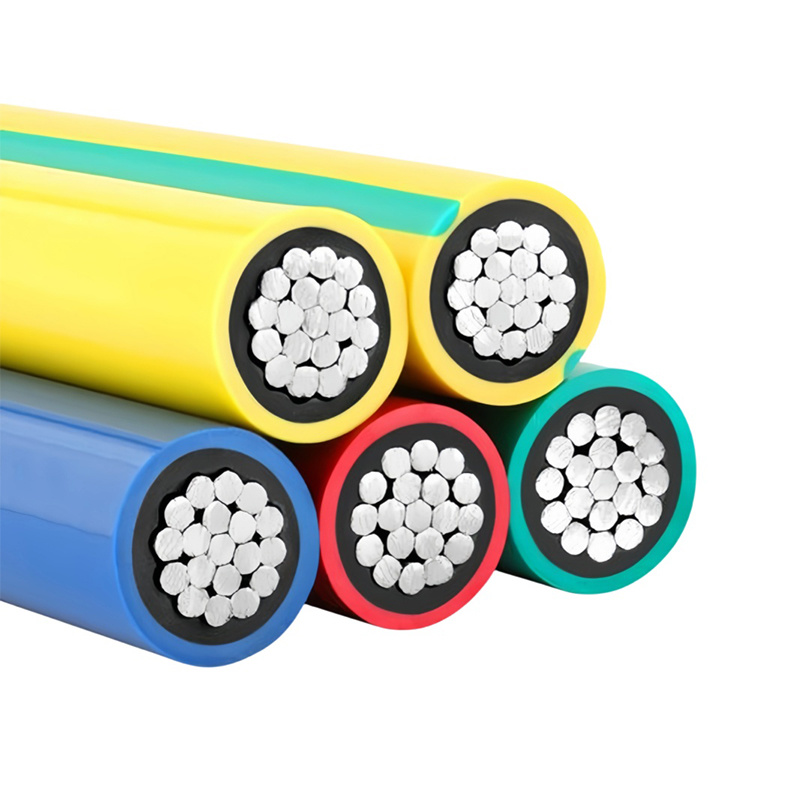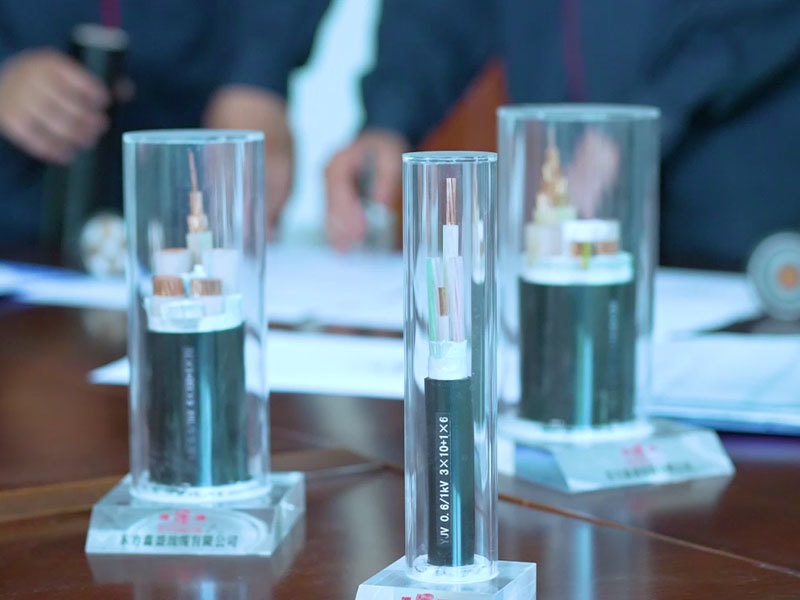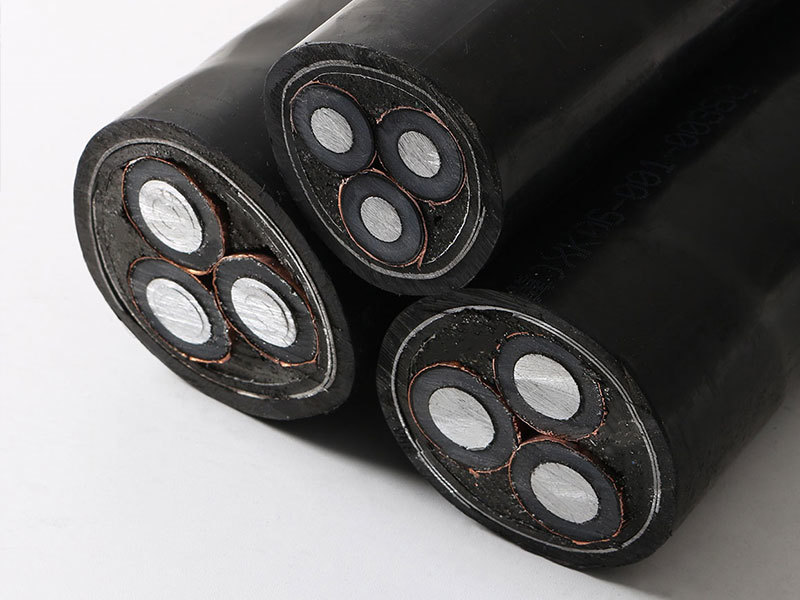Insulation strength test method for insulated wires and cables

The insulation strength of wires and cables refers to the ability of the insulation structure and insulation material to withstand the action of an electric field without breakdown or damage. In order to check the quality of wire and cable products and ensure their safe operation, insulation strength tests are generally required for all insulation types of wires and cables. The insulation strength test can be divided into voltage withstand test and breakdown test.
The withstand voltage test is to apply a certain voltage to the test sample under certain conditions, and after a certain period of time, use whether breakdown occurs as the standard to judge whether the test sample is qualified. The voltage of the time is generally higher than the rated working voltage of the test sample. The specific voltage value and withstand time are specified in the product standards. Through the withstand voltage test, the reliability of the product operating at the working voltage can be tested and serious defects in the insulation can be discovered. Some defects in the production process can also be discovered, such as severe external damage to the insulation and serious defects on the conductor that cause rapid distortion of the electric field; Insulation has penetrating defects or large conductive impurities in production.
The breakdown test is to measure the breakdown field strength or breakdown voltage by increasing the voltage under certain test conditions until the test sample breaks down. The breakdown test can assess the ability of the cable to withstand voltage and the safety margin between the operating voltage. The breakdown field strength is one of the important parameters in cable design.
Cables generally withstand AC voltage during operation, but they can also withstand DC voltage in DC transmission systems and certain special occasions. For high-voltage cables, they may also be subjected to atmospheric voltage (lightning) and operational overvoltage attacks. Therefore, according to the different experimental voltage waveforms, insulation strength tests can be divided into three types: 1. AC (power frequency) voltage, 2. DC voltage, and 3. impulse voltage.
Partial discharge measurement
For oil filled cables, there is basically no local power generation; Even if there is partial discharge in oil paper cables, it is usually very weak, such as a few PCs, so these cables can be tested without partial discharge during factory testing. For extruded cables, not only is there a high possibility of partial discharge, but partial discharge also causes serious damage to plastics and rubber. With the increase of voltage level and working field strength, this problem becomes even more serious. Therefore, partial discharge measurement must be carried out for high-voltage extruded cables during factory testing.
There are many methods for measuring partial discharge, and the discharge pulse can be measured based on the instantaneous charge exchange generated by the discharge (electrical measurement method); The voltage can also be measured based on the ultrasonic waves generated during discharge (acoustic method); The intensity of light can also be measured based on the light generated by the discharge (optical measurement method). For cables, the electrical measurement method is basically used.
Aging and stability test
Aging test is a stability test to determine whether stable performance can be maintained under stress (mechanical, electrical, thermal).
thermal aging test
A simple thermal aging test is to test the aging characteristics of the test sample under the action of heat. The test sample is placed in an environment with a temperature higher than the rated working temperature for a certain value, and after a specified time, the changes in certain sensitive properties before and after aging are measured to evaluate the aging characteristics. It is also possible to accelerate the aging of the test sample by increasing the temperature, and then combine it with thermal, mechanical, and electrical stresses such as moisture, vibration, and electric fields to form an aging cycle. After each aging cycle, certain selected sensitive performance parameters are measured. Until the performance drops to the value of the recognized lifespan. This results in a shorter lifespan L (the time the sample is heated) at a higher temperature T.
thermal stability test
Thermal stability test is to evaluate the insulation stability of a cable by measuring certain sensitive performance parameters after being heated by current and subjected to a certain voltage for a certain period of time.
The insulation stability test is divided into two types: long-term stability test or short-term accelerated aging test.
TAG:
Related Posts
Analysis of the meaning of the letters in overhead conductor models










